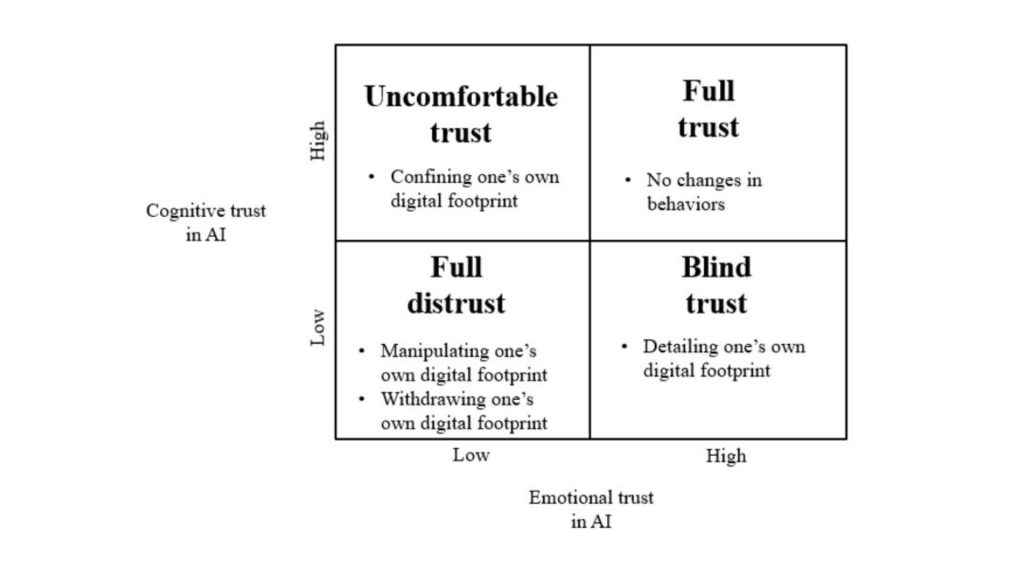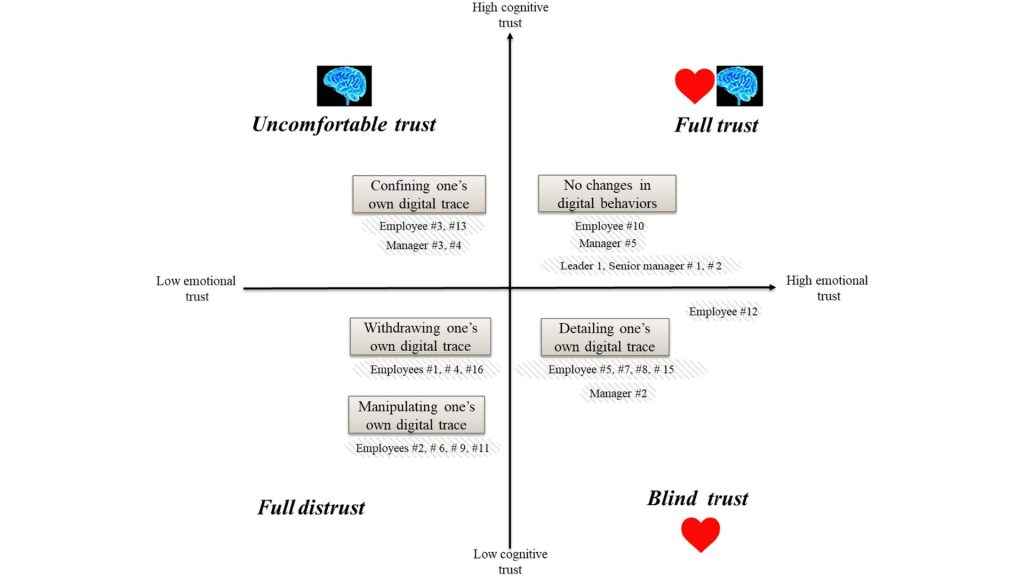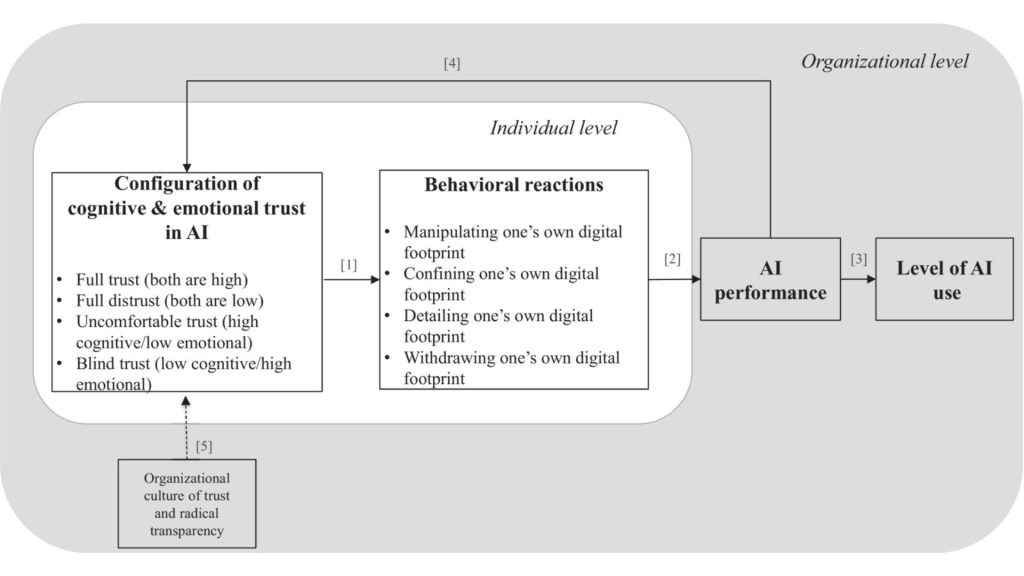AI adoption fail: 80 per cent of companies neglect human factors critical for AI success

Despite the transformative potential of artificial intelligence (AI), a staggering 80 per cent of companies struggle to derive meaningful value from their AI investments. The reason, according to a recent study by Aalto University and findings published in the Journal of Management Studies with the title — “It’s Amazing – But Terrifying!: Unveiling the Combined Effect of Emotional and Cognitive Trust on Organizational Member’ Behaviours, AI Performance, and Adoption“, co-authored by Natalia Vuori, Barbara Burkhard, and Leena Pitkäranta, has little to do with algorithms or data infrastructure. Instead, the Achilles’ heel lies in human factors — poor organisational alignment, resistance to change, and a glaring disconnect between leadership and employees.
 Survey
SurveyAI is not failing because the technology is not good enough, but because companies are not ready to adapt their people, processes, and culture to harness it. This sentiment is echoed in the Wiley-published research, which analysed over 200 organisations and found that technical challenges ranked below issues like employee distrust, leadership myopia, and siloed teams in derailing AI initiatives.
Why does AI stumble before takeoff?
While headlines often spotlight AI’s promise – automating workflows, predicting market shifts, or personalising customer experiences – the reality inside most companies is far messier. The Aalto study, which surveyed 1,500 executives and employees across industries, identified a glaring gap: 83 per cent of leaders believed their teams were equipped to adopt AI, but only 42 per cent of employees agreed. This disconnect underscores a fundamental misalignment in readiness and communication.
Form what we understood during the analysis of the findings of the research paper, AI projects rarely fail during the coding phase, they fail during the implementation phase, where human resistance and inertia take over. For instance, employees often perceive AI as a threat to job security, leading to passive sabotage or disengagement. Meanwhile, leaders, dazzled by AI’s potential, skip critical steps like upskilling programs or cross-departmental collaboration, leaving teams unprepared to integrate new tools.

Also Read: DeepSeek AI: Beyond ChatGPT, 5 ways DeepSeek is rewriting AI rules
The Wiley study drills deeper into systemic issues plaguing AI adoption. Four critical barriers stand out:
Cultural Resistance to Change
Legacy mindsets and comfort with traditional workflows create friction. Employees in roles susceptible to automation, such as data entry or customer service, often reject AI systems outright. Without psychological safety and incentives to embrace AI, even the best tools gather dust.
Leadership’s Tunnel Vision
Executives frequently prioritise short-term gains over long-term cultural shifts. Nearly 70 per cent of companies surveyed allocated less than 10 per cent of their AI budgets to training or change management. Leaders buy the software, check the AI box, and move on. However, adoption requires sustained investment in people.
Siloed Teams and Poor Collaboration
AI thrives on cross-functional data sharing, but departmental silos block this. IT teams build models without input from end-users, resulting in solutions that don’t address real pain points. One healthcare provider cited in the Wiley study deployed an AI diagnostic tool that nurses ignored because it disrupted their workflow.
Skill Gaps and Training Neglect
Over 60 per cent of employees in technical roles admitted to lacking confidence in interpreting AI outputs. Non-technical staff fared worse, with 78 per cent describing AI tools as “black boxes.” Without tailored training, employees revert to old habits.

Also Read: ARAS with AI for two-wheelers: How Luna Systems aims to save lives on Indian roads
Bridging the gap – From tech-centric to human-centric AI
Both studies agree that AI success hinges on treating adoption as a human-centric transformation, not a plug-and-play tech upgrade. To bridge the gap, companies must focus on three pillars:
1. Leadership That Balances Vision with Empathy
Leaders must articulate a clear AI vision while addressing employee concerns. Pilot projects, like a retail chain’s AI inventory tool co-designed with warehouse staff, show higher success rates when teams feel ownership. Transparent communication about AI’s role – augmenting jobs, not replacing them – is critical.
2. Invest in Continuous Learning, Not One-Time Workshops
Training should not end with a webinar; it needs to evolve with the technology. Companies like Siemens now use AI simulations and microlearning apps to reinforce skills. Upskilling programs must also target non-technical staff, demystifying AI through relatable use cases.
3. Foster Cross-Functional Collaboration
Breaking silos requires structural changes. The Wiley report highlights a financial firm that embedded AI specialists within marketing and operations teams, ensuring solutions aligned with daily needs. Regular feedback loops between developers and end-users prevent misfires.
4. Build a Culture of Experimentation
Fear of failure stifles AI innovation. Organisations must celebrate small wins and treat setbacks as learning opportunities. For example, a manufacturing company tested AI-driven quality checks on a single production line first, scaled gradually, and saw defect rates drop by 35 per cent.

Also Read: Galaxy AI on Samsung Galaxy S25 series: Future of flagship AI on smartphones?
AI’s success hinges on humanity
The irony is unmistakable – AI, often portrayed as the ultimate disruptor, is being hamstrung by deeply human flaws. Until companies address cultural inertia and prioritise their workforce’s readiness, even the most advanced algorithms will underdeliver.
The technology will keep evolving, but organisational maturity cannot be outsourced or automated. As the Wiley study concludes, AI is not an IT project – it is a company-wide change initiative. Those who neglect the human element will join the 80 per cent who wonder why their AI dreams never took flight. For now, the message is clear – Before investing in AI, invest in your people.
Satvik Pandey
Satvik Pandey, is a self-professed Steve Jobs (not Apple) fanboy, a science & tech writer, and a sports addict. At Digit, he works as a Deputy Features Editor, and manages the daily functioning of the magazine. He also reviews audio-products (speakers, headphones, soundbars, etc.), smartwatches, projectors, and everything else that he can get his hands on. A media and communications graduate, Satvik is also an avid shutterbug, and when he's not working or gaming, he can be found fiddling with any camera he can get his hands on and helping produce videos – which means he spends an awful amount of time in our studio. His game of choice is Counter-Strike, and he's still attempting to turn pro. He can talk your ear off about the game, and we'd strongly advise you to steer clear of the topic unless you too are a CS junkie. View Full Profile